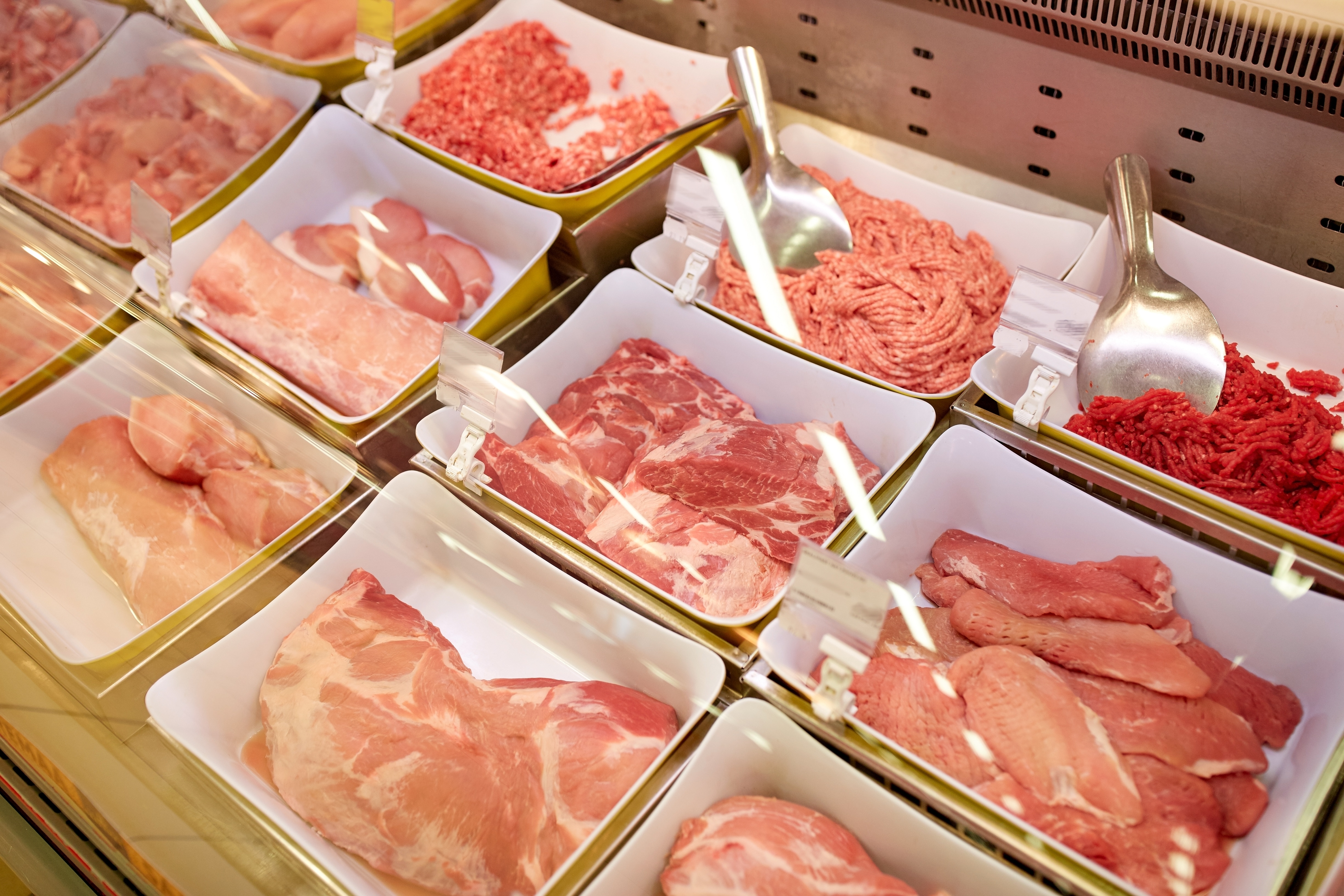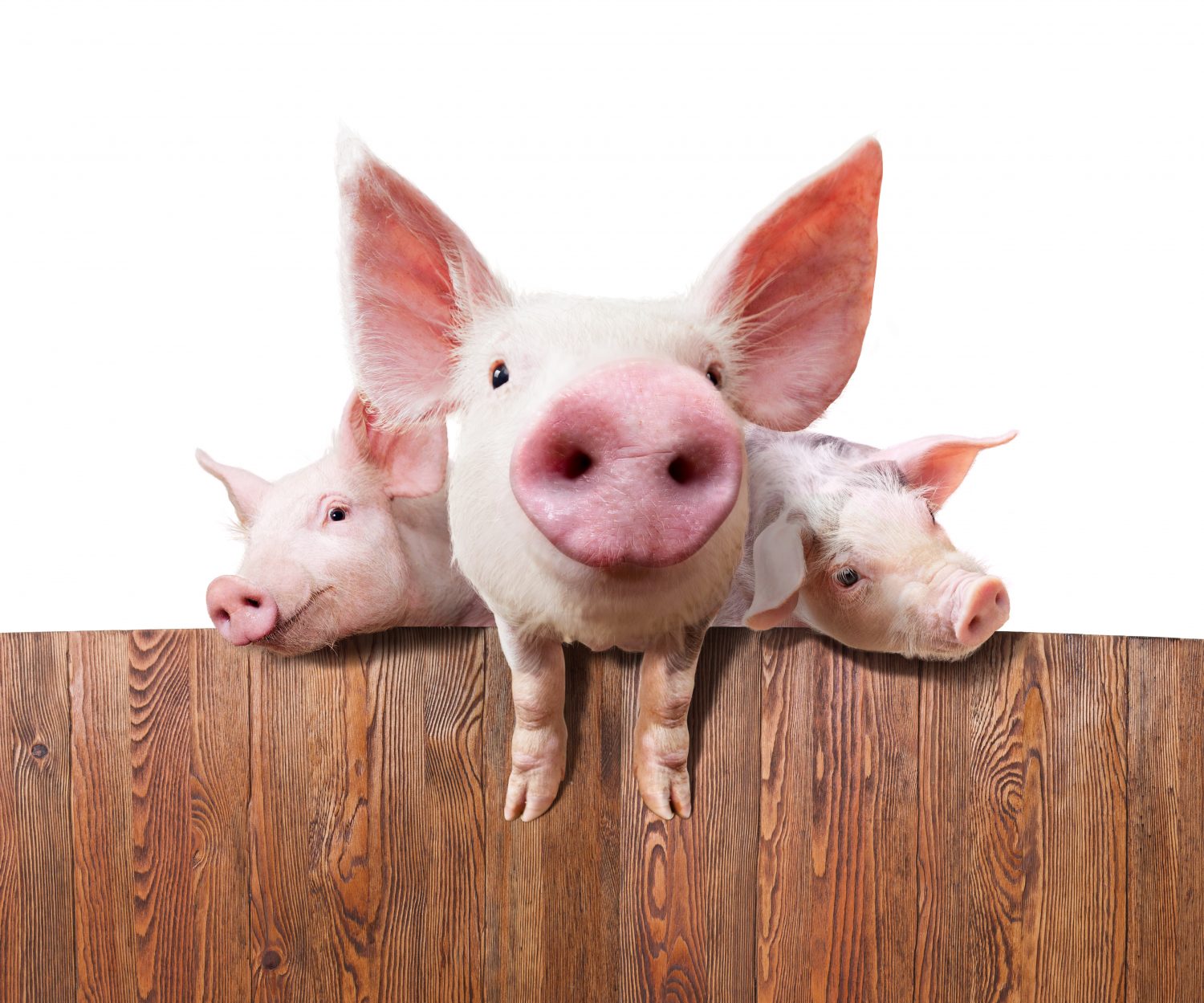
South Korea Plans to Strengthen Inspection of U.S. Beef After BSE Case
South Korea is taking steps to reinforce its sampling methods for inspection of U.S. beef imports after the discovery of an atypical case of bovine spongiform encephalopathy (BSE) in a six year-old mixed-breed beef cow from Florida.
The Ministry of Agriculture, Food and Rural Affairs for South Korea plans to increase inspection samples from the current 3% to 30% for all U.S. beef imports. The inspection process requires packages to be opened, with meat defrosted and cut into for a detailed check.
South Korea already requires that imported U.S. beef come from cattle younger than 30 months of age to reduce specified risk materials (SRM). Also, there are no packing plants in Florida that are approved for export to South Korea.
“We are taking pre-emptive measures and put public safety as a top priority,” says Agriculture Minister Lee Gae-ho. “We need to consult with the U.S. government to promptly receive quarantine inspection results and closely monitor responses in other nations.”
There have been six cases of BSE in the U.S. since 2003. The only case that was the classical BSE came in 2003 when an imported cow from Canada was detected with the disease.
BSE is not contagious and exists in two types – classical and atypical. Classical BSE is the form that occurred primarily in the United Kingdom, beginning in the late 1980’s, and it has been linked to variant Creutzfeldt-Jakob disease (vCJD) in people. The primary source of infection for classical BSE is feed contaminated with the infectious prion agent, such as meat-and-bone meal containing protein derived from rendered infected cattle. Regulations from the Food and Drug Administration (FDA) have prohibited the inclusion of mammalian protein in feed for cattle and other ruminants since 1997 and have also prohibited high risk tissue materials in all animal feed since 2009.
“Consumers can rest assured that the U.S. continues to be the global leader in the production of safe and wholesome high-quality beef,” says National Cattlemen’s Beef Association (NCBA) chief veterinarian Kathy Simmons.
In 2008, an estimated 100,000 people in South Korea protested the decision to start importing beef from the U.S. again following a halt in imports after the 2003 case.
Since the reopening of the market, South Korea has become the 2nd largest export destination for U.S. beef on a value basis. In ten years South Korea has turned into more than a billion export market after buying less than $300 million in U.S. beef during the first two years of the market opening back up. Last year South Korea bought $1.22 billion worth of beef from the U.S., according to the U.S. Meat Export Federation (USMEF).
The South Korean market has also been one of the largest increasing exports markets this year. From January to June export values to South Korea have increased by 52% compared to the same time last year. For the first half of 2018, South Korea has accounted for more than $802 million in beef trade for the U.S., the only market larger is Japan.



